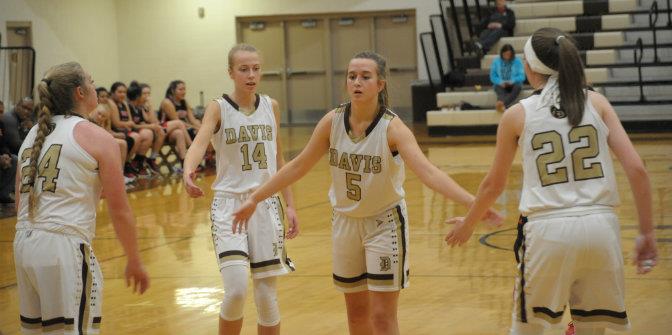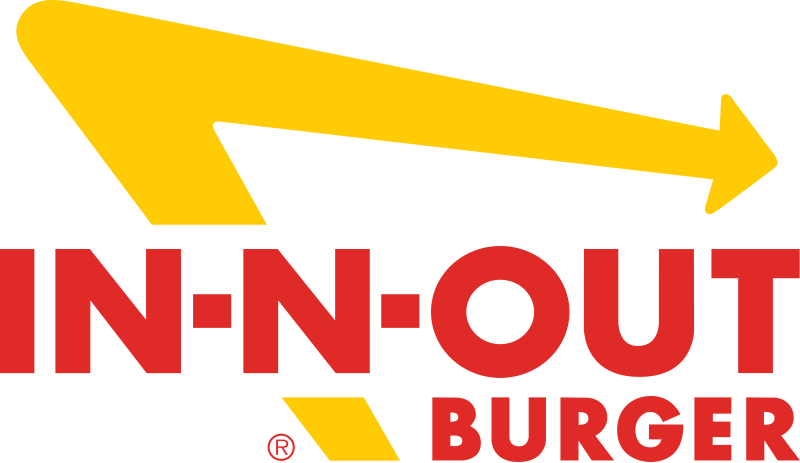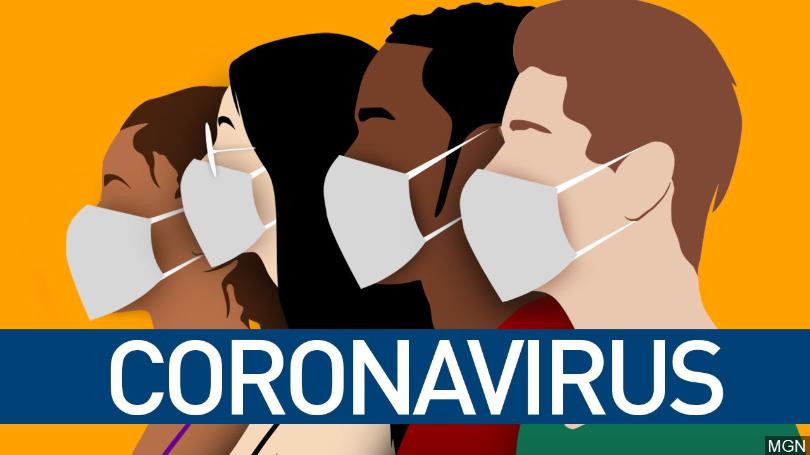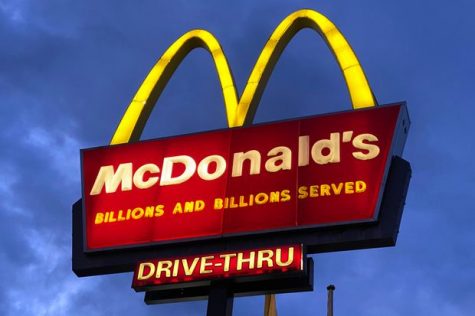Inequality in the healthcare system
March 22, 2020
On March 12th, the NBA decided to suspend all games because of a player testing positive for COVID-19, and rapidly went about testing every player that could be affected by the virus.
The Utah Jazz had 58 members of the team, including players, coaches, and other staff, tested immediately. The Brooklyn Nets then were tested and found that several members of their team had been infected by the coronavirus, and recently the entire Los Angeles Lakers team was tested for the disease.
Now while it’s not inherently bad for celebrities and the rich to be tested for infectious diseases, why should the wealthy be given testing priority over those who have life-threatening symptoms?
New York City Mayor Bill de Blasio tweeted,
“We wish them a speedy recovery. But, with all due respect, an entire NBA team should NOT get tested for COVID-19 while there are critically ill patients waiting to be tested. Tests should not be for the wealthy, but for the sick.”
The problem that we see with the healthcare system, in terms of coronavirus testing, the availability of tests is much lower than the abundance of people needing to be tested. NBC says,
“As cases in the United States continue to rise, so are reports about a shortage of testing kits. Sick patients are being turned away, unable to receive tests because they simply aren’t available.”
It brings to light the inequalities of our healthcare system that are experienced by thousands of people who need tests, but they aren’t there, who need medication but simply can’t afford it, or people who are uninsured and cannot afford life saving treatments.
Another large inequality that is found in our healthcare system is the high cost of medical procedures, especially for those who cannot afford health insurance. A study done by Harvard Medical School in 2009 found that roughly 45,000 people die every year because they cannot afford the cost of medical treatment for life-threatening conditions. We can assume that number has risen in the past decade because of the sharp rise in the cost of health insurance.
In 2009, when the study was published, health insurance around the country was an average of $161 per month. In 2019, the average cost of health insurance was $599 per month. Since that time, however, the average wage has only risen 3.5 to 4%, while the cost of health insurance has rose over 372%. While health insurance companies raised premiums, they didn’t raise quality of healthcare available.
Perhaps one of the more frustrating and outrageous aspects of the U.S. healthcare systems is price-gouging of medicines. Price-gouging is when a company takes a product and marks the price up to a cost that is hundreds, if not thousands, of the cost of production. A prime example of this is the EpiPen.
The Cut News says,
“CBS News reports that the price of EpiPens has increased by more than 480 percent since 2009, two years after Mylan purchased the device from Merck. A two-pack used to cost pharmacies about $100. It’s now $600, and they have a stated expiration of one year. But health insurance covers that, right? It depends on your plan. If you’re one of the many people with a high-deductible plan, you could be stuck with the bill. Parents of children with severe allergies are told to have devices at home and school, too, which can add up fast. Two packs can set some people back $1,200”
Another example of price-gouging is insulin. Insulin is the medication that is required to regulate blood sugar for those with diabetes. A report from the American Diabetic Association found that the price of insulin has nearly tripled since 2002, and rose 64% since 2014.
The report further finds that many patients have to decide whether to buy the life-saving medication or pay bills or other life necessities like food, or are rationing their insulin which is a dangerous practice which can lead to death with some patients. Similarly, the quality of insulin hasn’t seen any large increases, and certainly hasn’t improved enough to warrant a tripling in cost. It’s the reason that many Americans who live in northern states often cross the border and buy insulin in Canada.
Like many other aspects of the American economic system, the healthcare system ensures big checks to their executives at the cost of lost lives of the working-class American. It’s unfair that there is no regulation and healthcare companies are allowed to raise insurance over 300%. It is a problem and needs to be fixed and unfortunately, the future of healthcare doesn’t look great for the working-class American.





























